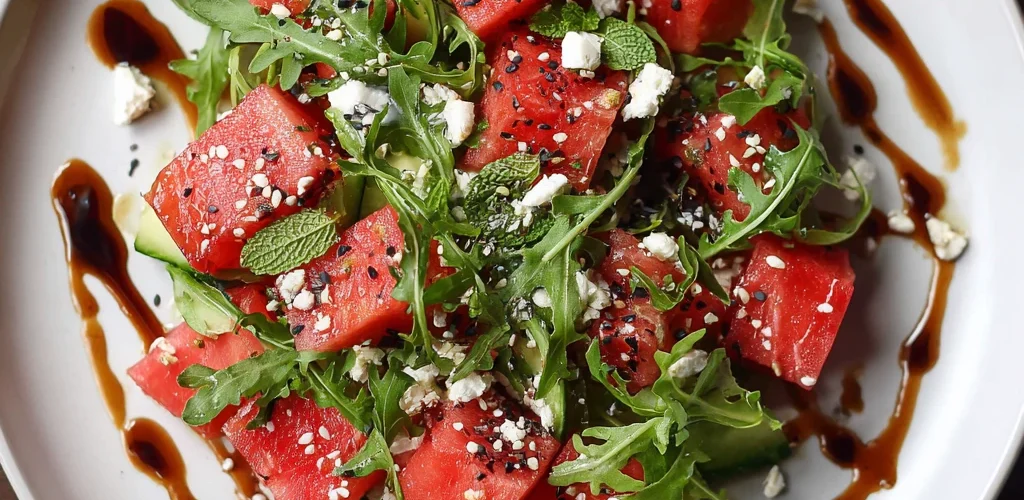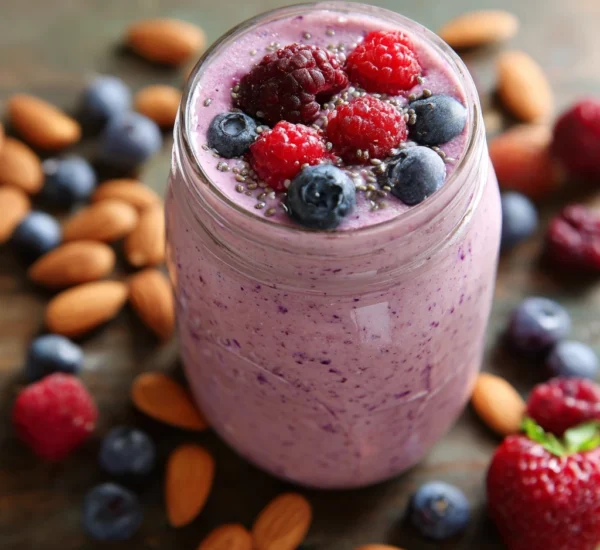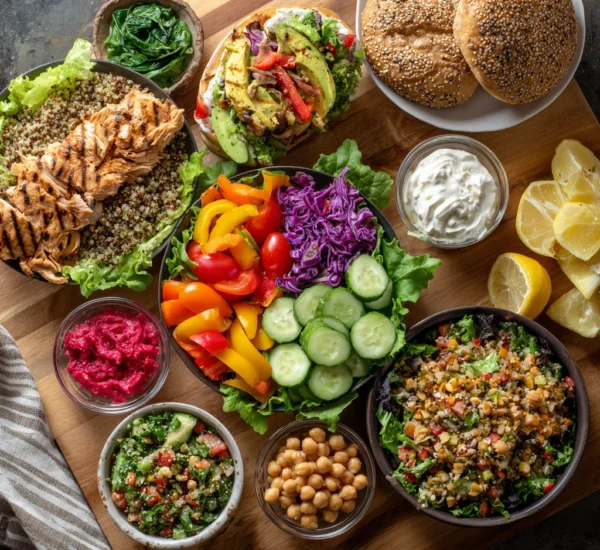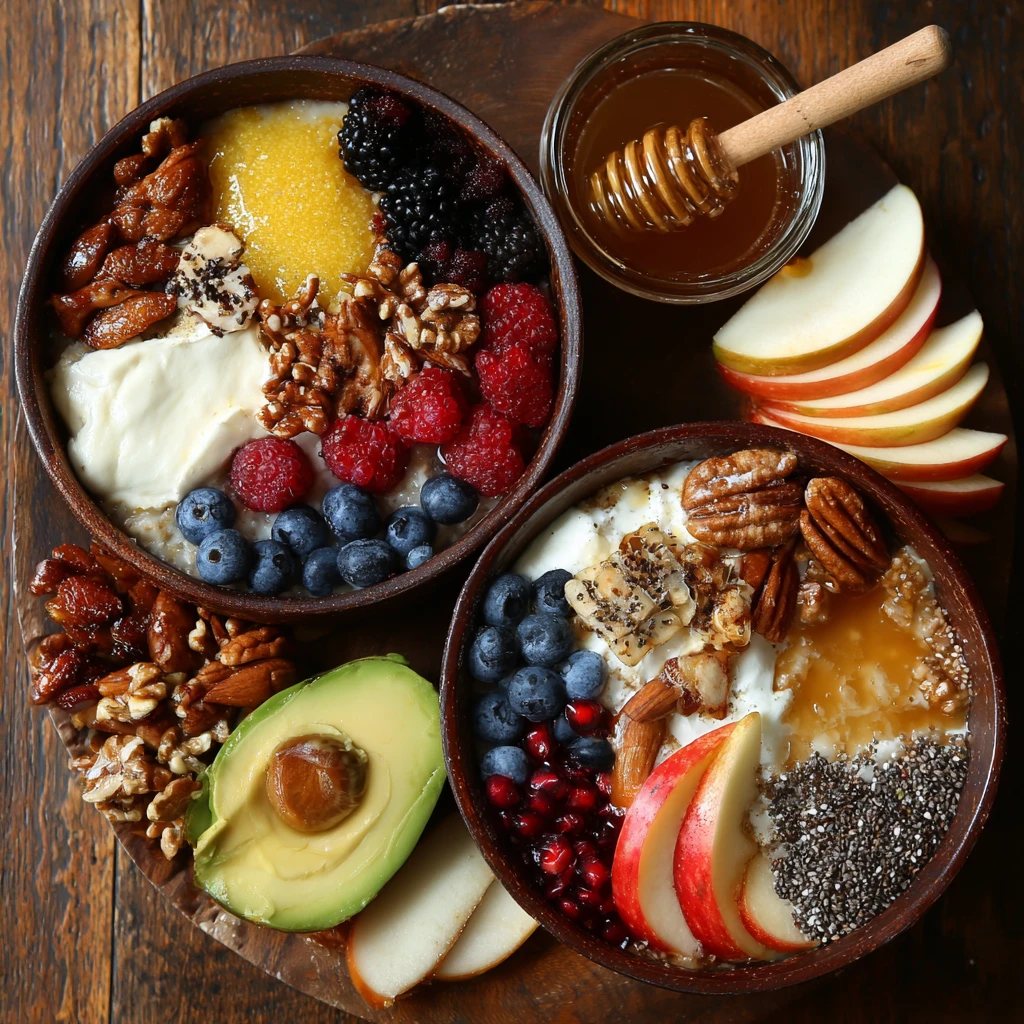Hydrate Your Body: Top 10 Hydrating Foods to Include Daily
Staying properly hydrated is crucial for maintaining optimal health. While drinking water is essential, incorporating hydrating foods into your daily diet can significantly boost your hydration levels and provide additional nutrients. Many fruits and vegetables boast high water content, making them delicious and effective ways to stay refreshed and healthy. Let’s dive into the top 10 hydrating foods you should consider adding to your daily routine.
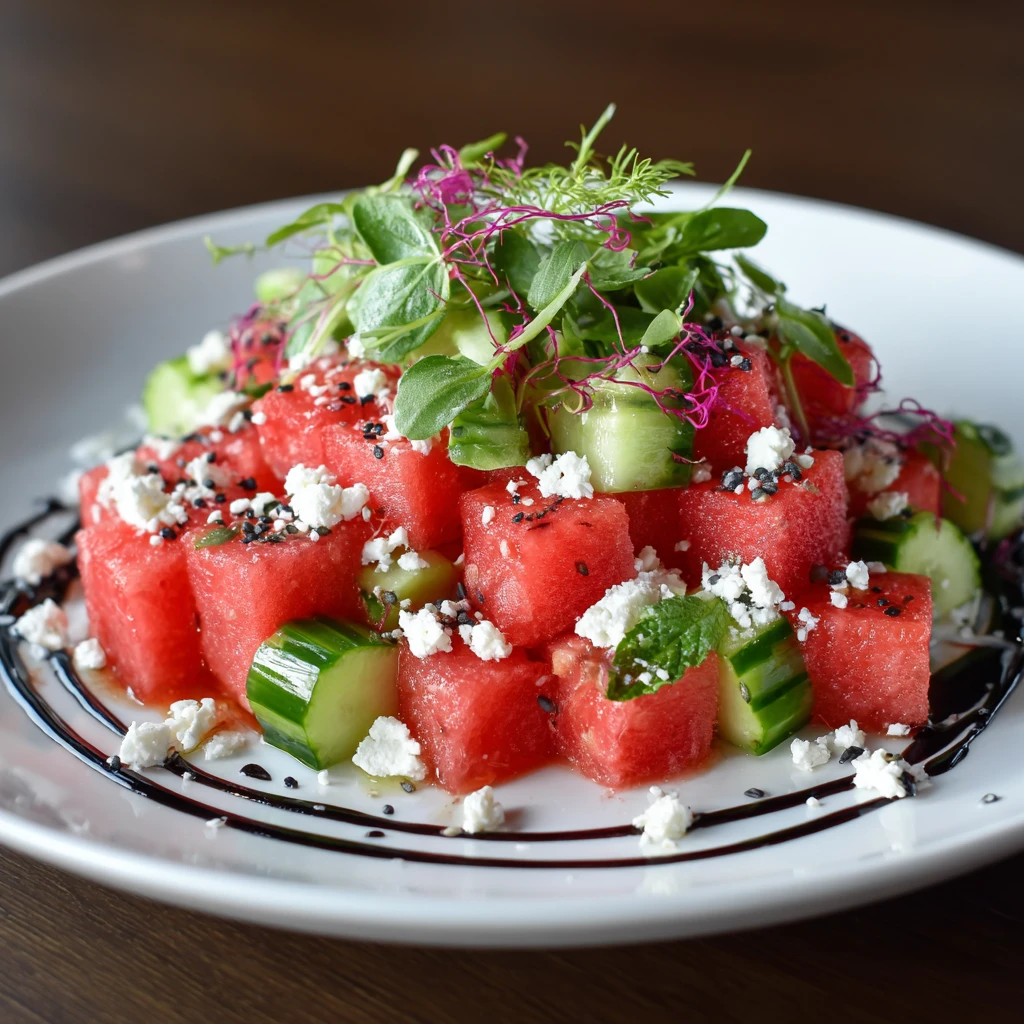
1. Watermelon: The Hydration Champion
Watermelon, as its name suggests, is incredibly hydrating, consisting of about 92% water. This refreshing fruit is also packed with essential vitamins like A and C, as well as antioxidants like lycopene, which is linked to reduced risk of certain cancers. The combination of water and electrolytes in watermelon makes it an excellent choice for replenishing fluids after exercise or on a hot day. Furthermore, it’s a low-calorie snack that can help you feel full and satisfied.
Enjoy watermelon as a standalone snack, in salads, or blended into smoothies. You can even grill watermelon slices for a unique and flavorful twist. The natural sweetness of watermelon makes it a versatile addition to your hydrating diet. Consider combining it with feta cheese and mint for a refreshing summer salad.
2. Cucumber: Cool, Crisp, and Hydrating
Cucumbers are another fantastic source of hydration, composed of approximately 96% water. They are low in calories and offer several health benefits, including vitamins K and C, as well as potassium. Cucumbers also contain anti-inflammatory compounds, which can help reduce swelling and puffiness. Their mild flavor makes them a versatile ingredient in various dishes.
Add cucumber slices to your water for a refreshing twist, or incorporate them into salads, sandwiches, and wraps. Cucumber can also be blended into smoothies or used to make chilled soups like gazpacho. Its cooling properties make it a perfect choice for hot weather. Try pairing cucumber with yogurt and dill for a refreshing dip or dressing.
3. Strawberries: Sweet and Hydrating Delight
Strawberries are not only delicious but also highly hydrating, containing about 91% water. They are a rich source of vitamin C, antioxidants, and fiber. These nutrients contribute to immune system support, protect against cellular damage, and promote healthy digestion. Strawberries are also relatively low in calories, making them a guilt-free treat.
Enjoy strawberries fresh, in smoothies, or as a topping for yogurt or oatmeal. They can also be used in salads or as a filling for desserts. Their natural sweetness and vibrant color make them an appealing addition to any meal. Consider making a strawberry spinach salad with a light vinaigrette for a nutritious and hydrating lunch.
4. Spinach: Hydration in Leafy Greens
While often overlooked for its water content, spinach is approximately 93% water. It is also a nutritional powerhouse, packed with vitamins A, C, and K, as well as iron and antioxidants. Spinach supports bone health, boosts the immune system, and promotes healthy vision. Its versatility makes it easy to incorporate into your daily diet.
Add spinach to salads, smoothies, or omelets. It can also be sautéed as a side dish or used in soups and stews. The mild flavor of spinach makes it a great addition to almost any meal. Try blending spinach into a fruit smoothie to boost its nutritional value without significantly altering the taste.
5. Celery: Crunchy Hydration
Celery is composed of about 95% water and is a low-calorie snack that provides valuable nutrients. It contains vitamins A, K, and C, as well as potassium and folate. Celery also provides fiber, which aids in digestion and helps you feel full. Its crunchy texture makes it a satisfying snack.
Enjoy celery sticks with peanut butter or hummus, add it to salads or soups, or use it as a base for vegetable juice. Celery’s mild flavor pairs well with a variety of dips and spreads. Try adding celery to your next batch of homemade chicken noodle soup for added flavor and hydration.
6. Honeydew Melon: Refreshing and Hydrating
Honeydew melon is another excellent source of hydration, containing about 90% water. It is also rich in vitamins C and K, as well as potassium. Honeydew melon has a mild, sweet flavor that makes it a refreshing treat, especially during hot weather. Its low calorie content makes it a healthy choice for those watching their weight.
Eat honeydew melon as a snack, add it to fruit salads, or blend it into smoothies. Its mild flavor pairs well with other fruits and yogurt. Consider making a honeydew melon and mint smoothie for a refreshing and hydrating breakfast. You can also grill honeydew melon slices for a caramelized and flavorful dessert.
7. Romaine Lettuce: More Than Just a Salad Base
Romaine lettuce is about 93% water and provides essential nutrients like vitamins A and K, as well as folate. While it might not be as nutrient-dense as some other leafy greens, its high water content contributes significantly to hydration. Romaine lettuce is also a good source of fiber, which aids in digestion.
Use romaine lettuce as a base for salads, in wraps, or as a substitute for buns in burgers. Its crisp texture makes it a satisfying addition to any meal. Try making romaine lettuce wraps with your favorite fillings, such as grilled chicken or tofu. You can also blend romaine lettuce into a green smoothie for added hydration and nutrients.
8. Bell Peppers: Colorful and Hydrating
Bell peppers, especially the green variety, contain about 92% water. They are also packed with vitamins A and C, as well as antioxidants. Bell peppers come in various colors, each offering a unique set of nutrients. They are low in calories and provide a satisfying crunch.
Eat bell peppers raw as a snack, add them to salads, stir-fries, or omelets. They can also be roasted or grilled for a sweeter flavor. Bell peppers pair well with a variety of dishes and can add color and flavor to your meals. Try stuffing bell peppers with rice, vegetables, and lean protein for a nutritious and hydrating meal.
9. Zucchini: Versatile and Hydrating
Zucchini is composed of about 95% water and is a low-calorie vegetable that provides vitamins A and C, as well as potassium. It has a mild flavor, making it a versatile ingredient in various dishes. Zucchini is also a good source of fiber, which supports healthy digestion.
Grill, sauté, or bake zucchini as a side dish, add it to soups, stews, or frittatas, or use it as a substitute for pasta in dishes like zucchini noodles (zoodles). Zucchini’s mild flavor makes it a great addition to almost any meal. Try making zucchini bread or muffins for a healthy and hydrating treat.
10. Tomatoes: Juicy and Hydrating
Tomatoes are about 94% water and are rich in vitamins A and C, as well as lycopene, a powerful antioxidant. They are versatile and can be used in a variety of dishes, from salads to sauces. Tomatoes are also relatively low in calories, making them a healthy choice.
Eat tomatoes raw in salads, make tomato sauce or salsa, add them to sandwiches or soups, or grill them for a smoky flavor. Tomatoes pair well with a variety of flavors and can add depth to your meals. Try making a classic Caprese salad with tomatoes, mozzarella, and basil for a simple and hydrating appetizer.
Hydration Beyond Food: Tips for Staying Well-Hydrated
While incorporating these hydrating foods into your daily diet is a great start, remember that drinking plenty of water is also essential. Aim for at least eight glasses of water per day, and increase your intake during exercise or hot weather. Other hydrating beverages, such as herbal teas and coconut water, can also contribute to your overall hydration.
Pay attention to your body’s signals and drink water whenever you feel thirsty. Carry a water bottle with you throughout the day and sip on it regularly. By combining hydrating foods with adequate fluid intake, you can ensure that your body has the hydration it needs to function optimally.
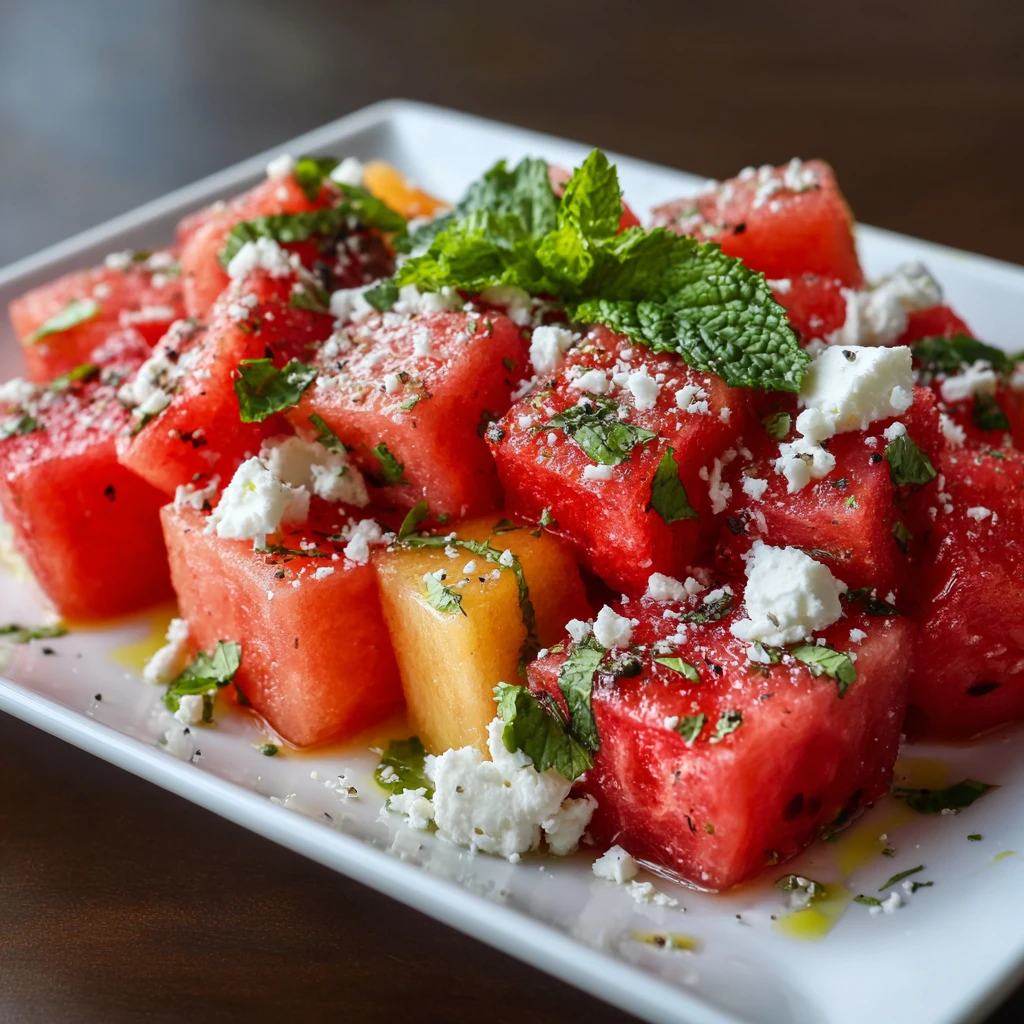
FAQ: Hydrating Foods and Hydration
Q: How much water should I drink per day?
A: A general guideline is to drink at least eight glasses (64 ounces) of water per day. However, individual needs can vary based on factors like activity level, climate, and overall health.
Q: Can I over-hydrate by eating too many hydrating foods?
A: While it’s rare, it’s possible to over-hydrate, leading to a condition called hyponatremia. This is more likely to occur from excessive water intake rather than eating hydrating foods.
Q: Are there any signs of dehydration I should watch out for?
A: Common signs of dehydration include thirst, dry mouth, headache, dizziness, fatigue, and dark urine.
Q: Can coffee or tea contribute to hydration?
A: While caffeinated beverages like coffee and tea have a diuretic effect, they can still contribute to your overall fluid intake, especially if consumed in moderation.
Q: Are sports drinks better than water for hydration after exercise?
A: For moderate exercise, water is usually sufficient. Sports drinks may be beneficial for prolonged or intense workouts, as they contain electrolytes that can help replenish those lost through sweat.
Q: Can fruits with high sugar content still be considered healthy for hydration?
A: Yes, fruits with high sugar content can still be healthy for hydration because they also provide essential vitamins, minerals, and antioxidants. Moderation is key, especially for individuals with diabetes or other health conditions.
Q: What’s the best time to eat hydrating foods?
A: There’s no specific best time, but incorporating them throughout the day can help maintain consistent hydration. Eating them before, during, and after physical activity is particularly beneficial.
Q: Are all fruits and vegetables equally hydrating?
A: No, some fruits and vegetables have higher water content than others. This article highlights the top 10 hydrating foods based on their water content and nutritional value.
